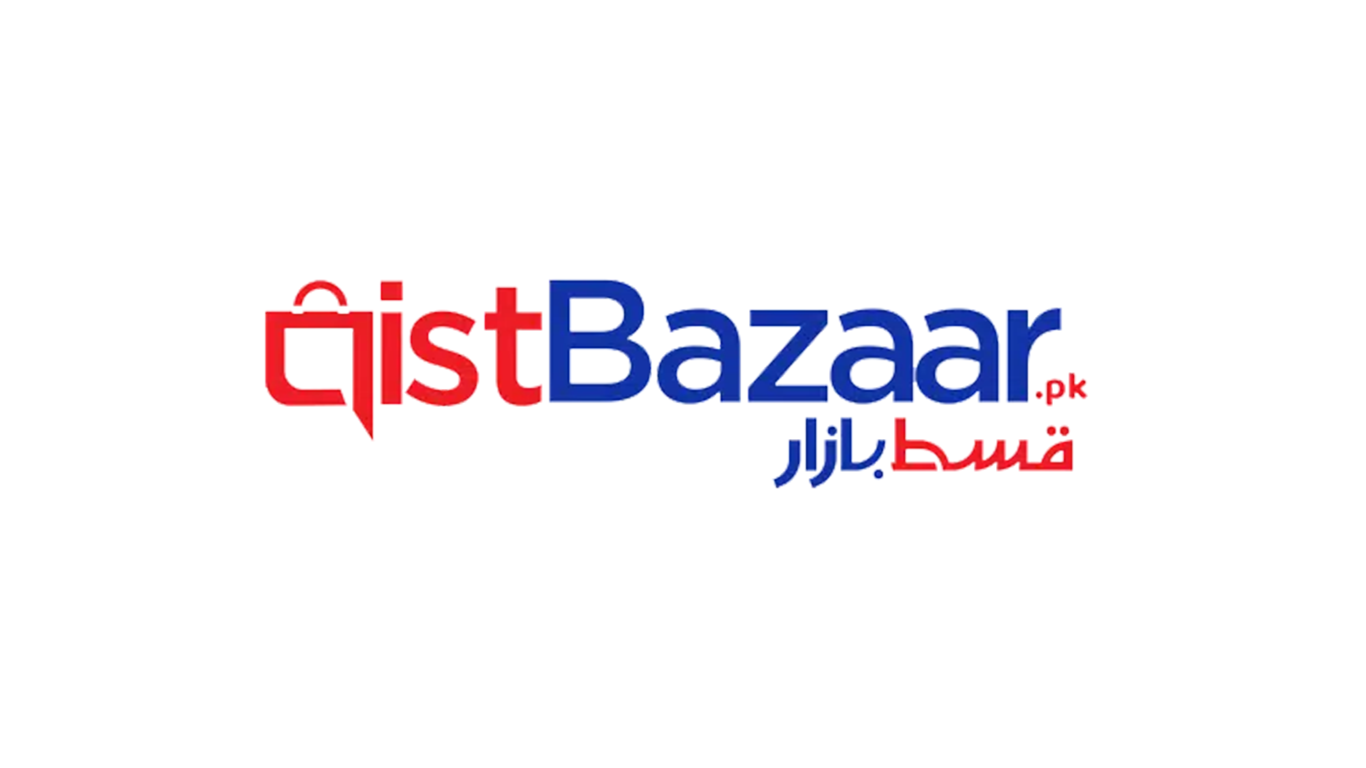South African Web3 firm fractionates rare ZAR proof coins into NFTs
South African Web3 technology company Momint has fractionated a set of rare gold, silver and bronze coins from 130 years ago into non-fungible tokens (NFTs).
This complete denomination set of proof coins from the Zuid-Afrikaansche Republiek (ZAR), an independent state in nineteenth-century South Africa, was minted in 1892 and is currently valued at $1.2 million.
The coins are part of the first ever South African rands and served as the inspiration behind the popular Krugerrand gold coins, the country’s first currency, which began minting in 1967, CEO Ahren Posthumus said.
Fractionalization involves cutting an asset into smaller units. In the case of the ZAR set of coins, each non-fungible token turns a single coin into many fungible crypto-tokens, allowing people to own equity in a single NFT.
Asset-backed stability
Posthumus explained that NFTs “allow us to bring this asset-backed stability” to the world of Web3, the next generation of the internet built on blockchain technology.
“I think non-fungible tokens have needed utility for a while,” Posthumus shared Be[in]Crypto in an interview.
“This whole market is shifting towards phase two of non-fungible tokens, where we see the intersection of the real world and this digital craze that’s happened over the last two years. The intersection of those two is where we find real value, real utility and real disruption in industries.”
Momint was behind the $130,000 auction of Nelson Mandela’s official arrest warrant NFT in April. The startup, which operates an NFT marketplace, has been actively exploring ways to capitalize on the growing popularity of digital collectibles since it began operations a year ago.
Fixed partners with South African Coin Exchange
In its latest venture, Momint partnered with the South African Gold Coin Exchange, a market leader in gold bullion and numismatics, and The Scoin Shop, the largest distributor of gold coins in the southern African nation.
The exchange leverages the Momint NFT marketplace to fractionalize the coins into tokens that can be sold individually on the platform.
Posthumus said the deal would make investments in gold and historic assets more accessible to low-income earners in Africa and elsewhere around the world. He claimed that the ZAR 1892 proof coins, 10 in all, were “remarkably well preserved for lack of use.”
From this, Momint minted 1,510 NFTs on the Polygon blockchain, each costing between $200 and $12,000. Holders will gain partial ownership of the actual physical coin set and will be able to buy and sell tokens on Momint’s platform.
Firm ownership
According to their website, there are three different levels of shared ownership of the coins: gold, silver and bronze. Each layer represents a different part of the equity in the collection. The top two NFTs give holders access to see the coins in person. Gold level holders also get a half ounce Krugerrand coin in their name.
“The core here is twofold: availability and providing stability to an NFT you own, in terms of price stability,” the CEO said. He added:
I mean if you buy a Bored Ape or a JPEG on OpenSea you know that this is just artwork and the only thing that gives it value is speculation. But now you’re buying into something where you actually have a piece of ownership in a really tangible rare mineral set, and that’s completely different. It changes the game when it comes to your ownership and value of NFT.
Proof coins are “special early samples of a coin issue, historically made to check the dies and for archival purposes, but today often struck in larger numbers specifically for coin collectors.”
ZAR safe coins are of the highest quality
The coins are made “using a unique, high-quality minting process.” Momint’s ZAR proof coins are considered to be one of the highest graded proof quality coins issued by ZAR President Paul Kruger in 1892.
Momint says the coin set has been audited by NFT Auditors and is stored by SafeGold, a leading South African auditing, safekeeping and insurance of gold coins and bullion.
“We verified that these assets exist, and then we fractionalized them on the blockchain,” Posthumus said.
“The reason it’s important is because you can never oversell or oversubscribe the number of tokens you sell for this complete denomination set. It’s transparent and clear. It’s controllable scarcity. It’s on the blockchain, and it’s tamper-proof.”
Disclaimer
All information on our website is published in good faith and for general information purposes only. Any action the reader takes on the information contained on our website is strictly at their own risk.


